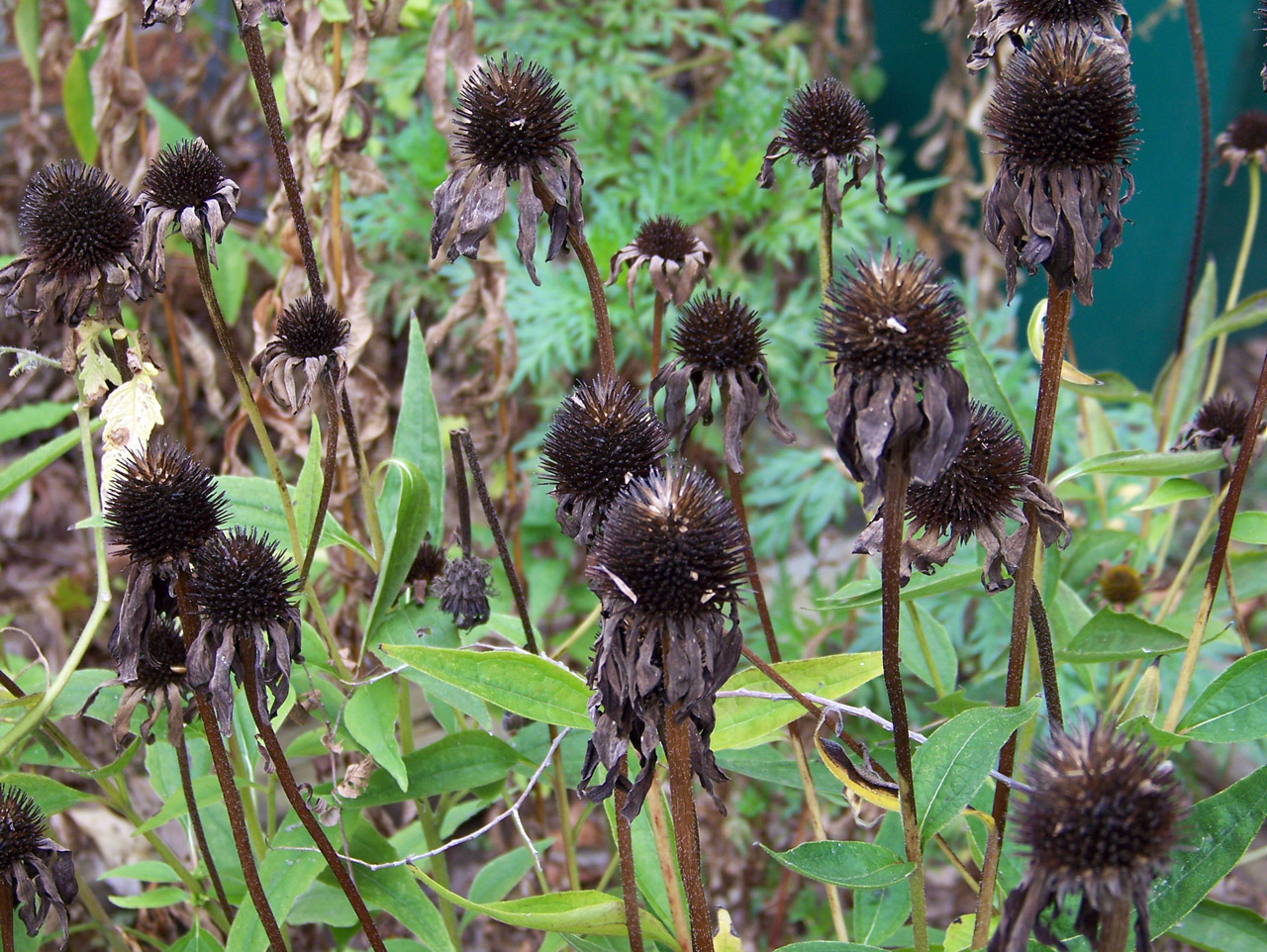GARDENING WITH NATURE
Article by Sigrie Kendrick
It all starts with the seed
Whether you buy blooming plants and tall trees for your landscaping or plant seedlings and seeds—it all really begins with the collection of seeds from mature plants.
We all have the means to do that right in our own back yards. But, like so many things, it’s actually a bit more complicated than that. Working with Okanagan Xeriscape Association members and volunteers in the Xeriscape Demonstration Garden, we spent a couple of hours collecting seeds from the garden’s perennials and annuals. It’s a fun and inexpensive way to ensure the plants that thrived in their given environment this year will be around for future seasons.
As we were collecting the seed heads and labeling the storage bags, one of the volunteers peppered me with questions– How do you know when the seeds are ready to harvest? What conditions do you need to store them, and in what?
Quite a heated discussion ensued among everyone present, as, with so many gardening tasks, there is often more than one answer.
When and How to save your seeds
Annual and perennial seeds are ready to harvest when the flowers have finished blooming and the flower petals have turned brown or fallen off.
Collect the ripe seeds from the flower heads and lay them on wax paper away from sunlight to dry for a week or so. You can use a variety of storage vessels, plastic bags, wax, or paper envelopes. My personal favourite are the compartmentalized plastic containers my mechanic uses to store nuts and bolts and such.
Proper storage of your seeds will go a long way to keeping them viable for longer. Ideally, seeds prefer a dark, dry, cool environment between 35 F (1.6 C) and 40 F (4.4 C) with a humidity as low as possible.
While your refrigerator can supply the cool and dark environment, the high humidity inside is not ideal. If you do choose to use your fridge for seed storage, make sure to use airtight containers such as mason jars.
Wherever or however you choose to store your seeds make sure to label them properly, specifying the date and the plant from which the seed was collected. I can’t tell you how many times I’ve thought I would remember which seeds were which, only to scratch my head in the spring when I opened each compartment.


Many seeds benefit from a chemical change which mimics what they experience in their natural environment, such as freezing winter weather, burning temperatures or scarring or cutting from being exposed in the outdoors, or gnawed by an animal.
Scarification is the process of opening the seed coat and can be done mechanically, chemically or thermally in order to allow water inside the seed coat. Typically, this method is used on seeds with an extremely thick outer layer and is achieved unnaturally by scratching, filing, breaking, puncturing or burning the seed coat.
Stratification uses temperature to break the dormancy of the seed and it can be achieved by subjecting the seeds to periods of cold, either dry or wet cold. It is often achieved by storing your seeds in either the refrigerator or an outbuilding for several months.

One of the seed varieties that I’m most excited about is the Echinacea purpurea “Cheyenne Spirit” seeds, which we collected from the West Kelowna Xeriscape Spirit Square Garden. Many of the fancy new Echinacea cultivars have to be cultivated by vegetative means, and as such are expensive. Echinacea “Cheyenne Spirit” can be easily cultivated from seed and comes in a dazzling array of colours including red, purple, pink, orange, yellow and cream.
This xeriscape perennial has performed very well in the garden even during the challenges of severe water restrictions imposed during the summer season. I look forward to start propagating more of these tough beauties ready for purchase at our annual spring plant sale.
Check our Plant Database for more information on the plants mentioned above.
Sigrie Kendrick is a master gardener and executive-director of the non-profit Okanagan Xeriscape Association.

